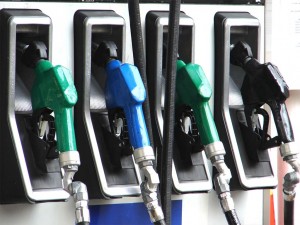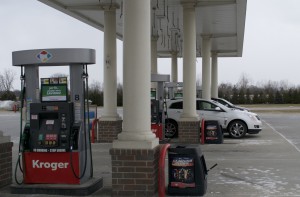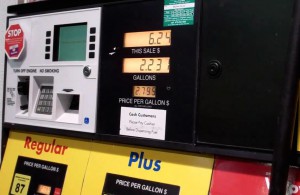
Fuel prices are holding steady nationally compared with last month, but are 48 cent more than last year at this time.
With United States heading into the Labor Day holiday, motorists across the country continue to see pump prices stable or a bit lower than last week, but are still paying the highest prices for fuel in four years.
On the week, state gas price averages declined as much as 4 cents while the national gas price average held steady at $2.84, which is 2 cents cheaper than a month ago, but 48 cents more than a year ago.
“With Labor Day approaching, motorists could see a small swing towards higher gas prices, but any jump should not last past the holiday weekend,” said Jeanette Casselano, AAA spokesperson.
Last year’s Labor Day weekend saw gas prices spike, but that was due to Hurricane Harvey. As it battered the Southeast, it shut down refineries and pipelines driving gas prices toward their highest point of 2017 at $2.67 per gallon.

The Labor Day holiday weekend usually means a hike in gas prices, but this year that's expected to be nominal.
(Trump administration shifts U.S. energy policy away from conservation. Click Here for the story.)
Despite no hurricane activity this Labor Day weekend, gas prices will be at their highest point for the holiday since 2014.
Outside of Hawaii and Alaska, the most expensive gasoline was in California at $3.60 and the state of Washington where the price was $3.37 per gallon, Idaho at $3.26 per gallon and Oregon at $3.25 per gallon.
(Click Here for more about GM’s partnership with Shell offering in-car payment for gas.)
The biggest prices last week were in Ohio where prices jumped 10 cents, Michigan where prices increased 5 cents and Wyoming and Florida where prices increased 4 cents per gallon at the pump
At the close of last week, the price of a barrel of oil increased 89 cents to settle at $68.72. A weak dollar contributed to last week’s price gain. However, following the release of EIA’s weekly report that showed total domestic crude inventories fell by 5.8 million barrels during the previous week, crude prices increased. If this week brings a continued decline in crude stocks, crude prices could jump.
(To see why despite the rise of EVs, internal combustion engines aren’t going away, Click Here.)
Meanwhile, the U.S. lost nine oil rigs last week, bringing the total to 860. Currently, there are 101 more active rigs than last year at this time, according to Baker Hughes.

